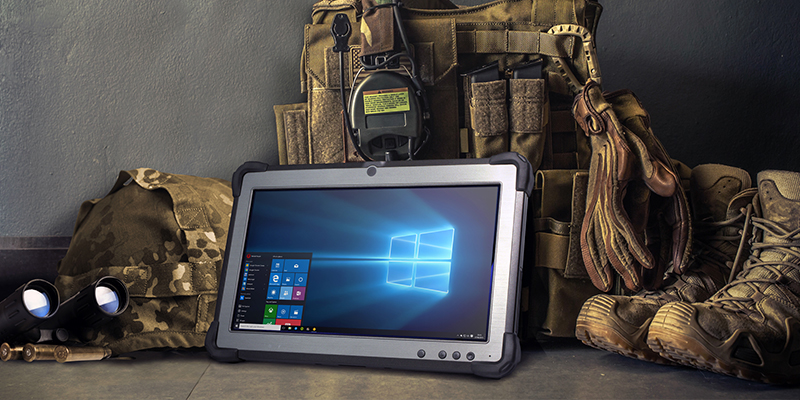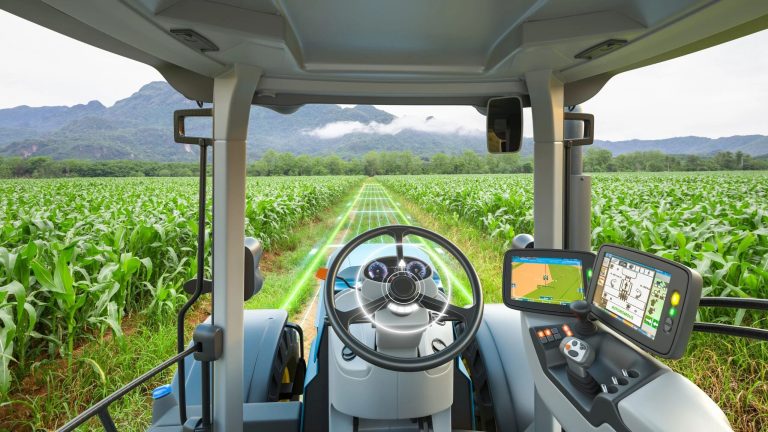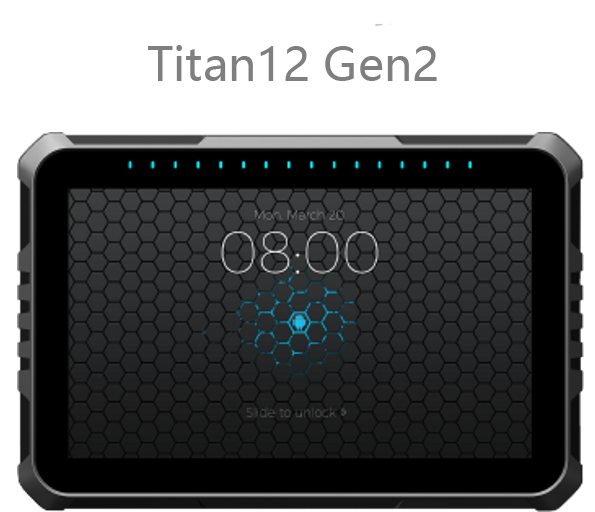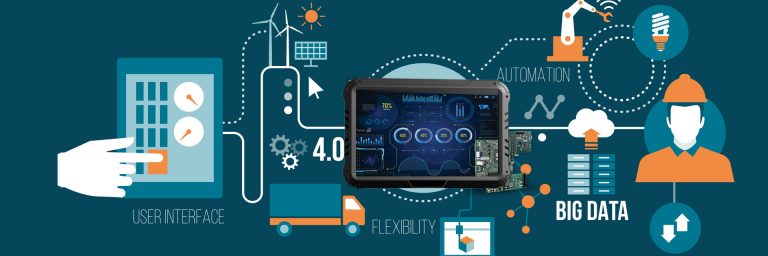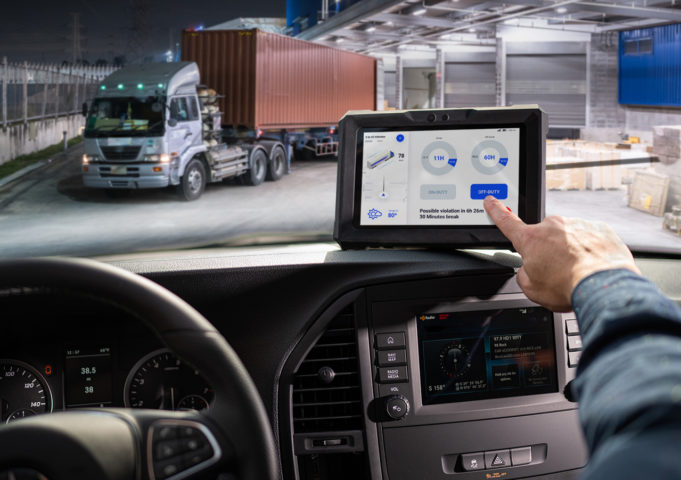An in-vehicle computer, also known as an automotive or vehicle-mounted computer, is a specialized computing device designed for use within vehicles. It is a central processing unit that integrates with the vehicle’s electronic systems and peripherals, providing various functionalities to enhance the driving experience, improve vehicle performance, and enable advanced features.
In-vehicle computers are installed directly into the vehicle’s dashboard, center console, or other accessible areas. They are rugged to withstand the harsh conditions of the automotive environment, including temperature variations, vibrations, and exposure to dust and moisture.
Key features and functions of in-vehicle computers include:
- Vehicle Diagnostics: In-vehicle computers continuously monitor the vehicle’s systems and components, providing real-time diagnostics and alerts for issues such as engine performance, tire pressure, and battery health.
- Navigation and GPS: In-vehicle computers integrate GPS technology and navigation software to provide drivers with accurate mapping, turn-by-turn directions, and points of interest, enhancing navigation and route planning.
- Entertainment Systems: In-vehicle computers offer multimedia capabilities, including audio and video playback, radio, streaming services, and connectivity options for smartphones and other devices, providing passengers with entertainment during travel.
- Communication: In-vehicle computers enable hands-free communication through Bluetooth connectivity, allowing drivers to make calls, send messages, and access contacts without taking their hands off the wheel.
- Telematics: In-vehicle computers support telematics applications, facilitating vehicle tracking, remote diagnostics, fleet management, and performance monitoring for commercial and private vehicles.
- Safety Features: In-vehicle computers incorporate safety features such as collision detection, lane departure warnings, adaptive cruise control, and blind-spot monitoring, helping drivers avoid accidents and navigate safely on the road.
- Driver Assistance Systems: In-vehicle computers include driver assistance systems (ADAS) such as parking assistance, automatic emergency braking, and traffic sign recognition, enhancing driver awareness and reducing the risk of collisions.
- Remote Access: Some in-vehicle computers offer remote access capabilities, allowing users to control vehicle functions, lock or unlock doors, and start or stop the engine remotely using a smartphone app or web interface.
- Data Logging and Analytics: In-vehicle computers collect and store data on vehicle performance, usage patterns, and driver behavior, enabling analytics and insights for maintenance, optimization, and insurance purposes.
- Customization and Integration: In-vehicle computers are customizable and support integration with third-party applications and devices, allowing users to tailor the system to their specific needs and preferences, whether for personal or commercial use.
Overall, in-vehicle computers play a crucial role in modern vehicles, providing a range of computing capabilities and connectivity options to enhance the driving experience, improve vehicle performance, and ensure safety and convenience for drivers and passengers alike.


